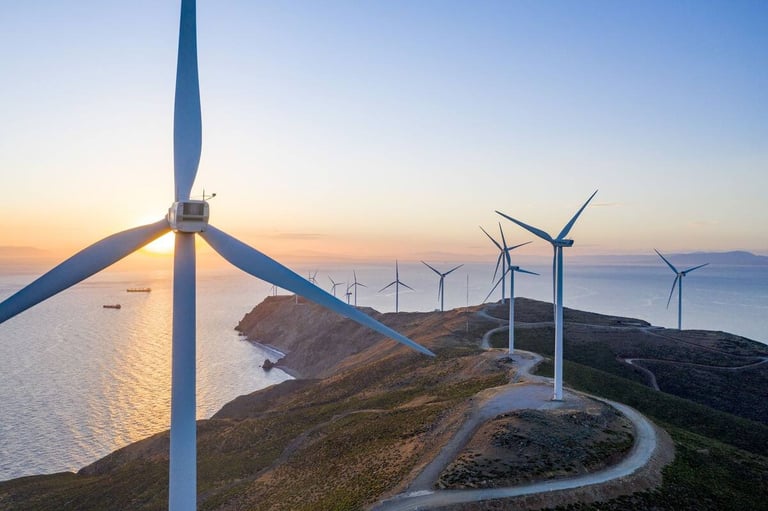Dubai’s public transport system has witnessed a surge in ridership during the first half of 2025, marking a 9 percent annual increase to approximately 395.3 million riders.
Dubai’s Roads and Transport Authority (RTA) recently announced that public transport modes — including Dubai Metro, Dubai Tram, public buses and marine transport — along with taxis and shared mobility options such as app-based vehicles, hourly rentals and on-demand buses, served nearly 2.18 million riders daily, up from approximately 1.98 million in the first half of 2024.
“The continued growth in public transport ridership reflects users’ confidence in the system’s efficiency and the quality of services provided across all modes. We remain committed to delivering safe, comfortable and sustainable mobility solutions for every segment of society,” said His Excellency Mattar Al Tayer, director general, chairman of the board of executive directors of RTA.
Public transport’s share surges to 21.6 percent in 2024
Al Tayer explained that Dubai’s public transport network has undergone a major transformation, driven by advanced infrastructure and a diverse range of transit options that now form the backbone of mobility for residents and visitors across the emirate. As a result, the share of journeys using public transport and shared mobility has increased from 6 percent in 2006 to 21.6 percent in 2024.
“We are moving forward with a clear vision to make public transport the preferred choice for daily commuting by smartly expanding transport lines and networks, strengthening connectivity between stations and key destinations and offering flexible, inclusive mobility solutions,” Al Tayer revealed.
The construction of the Dubai Metro Blue Line is currently underway. Spanning 30 kilometers and comprising 14 stations, the line will serve nine key districts with a combined estimated population of one million residents, in alignment with the Dubai 2040 Urban Plan.
“Earlier, RTA signed four agreements to procure 637 multi-sized buses compliant with the European low-emission standard ‘Euro 6,’ including 40 electric buses — the largest and first fleet of its kind in the UAE,” Al Tayer continued.
The buses will be delivered in 2025 and 2026 and will support the geographic expansion of the public bus network across the emirate. They also align with Dubai’s strategic objective to convert the entire public bus fleet to electric and hydrogen-powered vehicles by 2050.
“This month, we completed the development of 16 bus passenger stations and six depots, as part of our ongoing efforts to enhance the quality of services provided to all users,” he added.

Dubai Metro and taxis post highest ridership share
Dubai Metro and taxis recorded the highest share of ridership in the first half of this year, with the Metro accounting for 36.5 percent and taxis for 26 percent. Public buses made up 24 percent of the total. Al Tayer revealed that May registered the highest monthly ridership, reaching 68.8 million, while figures for the other months ranged between 61 and 68 million.
“There was a 9 percent increase in ridership during the first half of this year compared to the same period in 2024, a key indicator of the recovery in economic activity across the emirate of Dubai, as well as the effectiveness of the RTA’s strategies and initiatives to encourage both residents and visitors to use public transport and to offer diverse mobility options throughout the city. Dubai’s public transport network, with all components operating in full integration, serves as the backbone of mobility across the emirate. It has succeeded in fostering a positive shift in public attitudes toward mass transit across all segments of society,” he said.
Dubai Metro users hit 143.9 million
The number of Dubai Metro users across both the Red and Green Lines reached approximately 143.9 million riders during the first half of 2025. BurJuman and Al Rigga stations recorded the highest ridership volumes, with BurJuman Station (serving both the Red and Green Lines) registering 8.6 million riders, followed by Al Rigga Station with 6.8 million.
Union Station (also serving both lines) came next with 6.6 million riders. On the Red Line, Mall of the Emirates Station recorded the highest ridership after Al Rigga, with 5.6 million riders, followed by Burj Khalifa/Dubai Mall Station with 5.4 million, and Business Bay Station with 5.3 million.
On the Green Line, Sharaf DG Station ranked first in ridership, with 5.1 million riders, followed by Baniyas Station with 4.1 million, and Stadium Station with approximately 3.6 million.

Read: Dubai’s RTA to provide free Wi-Fi on all intercity buses in partnership with e&
Dubai Tram transports 4.9 million riders
Dubai Tram also transported 4.9 million riders during the first half of this year, while public buses carried 95.7 million riders. The total number of users of all marine transport modes reached 9.7 million. Meanwhile, shared mobility services, including app-based vehicles, hourly rentals and on-demand buses, served 37.6 million riders. Meanwhile, taxi services in Dubai transported 103.5 million riders during the first half of the year.
RTA’s strategic and operational plans are founded on the principle of integration across all tiers of public transport and shared mobility, aiming to ensure seamless and efficient movement throughout the emirate. These efforts are designed to continuously strengthen the role of public transport within the wider mobility ecosystem and support the authority’s strategic objectives to raise the share of trips made using public transport and shared mobility to 25 percent by 2030.








